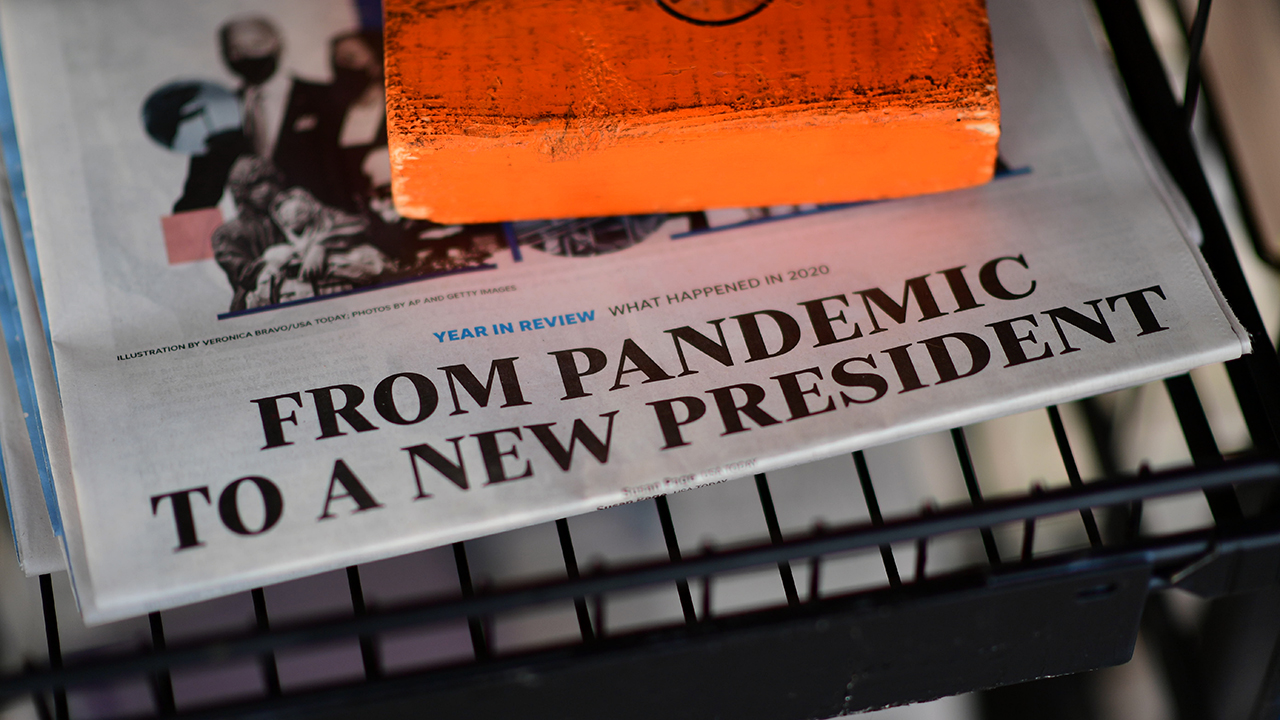
Pew Research Center’s American News Pathways project conducted this study to understand how Americans interacted with the news and information throughout the 2020 election and the COVID-19 pandemic.
This analysis pulls data from a yearlong project that included 10 separate surveys of 9,000 or more U.S. adults. Everyone who completed each survey is a member of the Center’s American Trends Panel (ATP), an online survey panel that is recruited through national, random sampling of residential addresses. This way nearly all U.S. adults have a chance of selection. The surveys are weighted to be representative of the U.S. adult population by gender, race, ethnicity, partisan affiliation, education and other categories. Read more about the ATP’s methodology.
See the report’s methodology here.
Visit our interactive data tool to access the questions included in this project.
Americans are divided – that much is obvious after a contentious presidential election and transition, and in the midst of a politicized pandemic that has prompted a wide range of reactions.
But in addition to the familiar fault line of political partisanship, a look back at Pew Research Center’s American News Pathways project finds there have consistently been dramatic divides between different groups of Americans based on where people get their information about what is going on in the world.
For example, Republicans who looked to former President Donald Trump for their news about the 2020 election or the coronavirus pandemic were more likely to believe false or unproven claims about these events. And while Americans widely agree that misinformation is a major problem, they do not see eye to eye about what actually constitutes misinformation. In many cases, one person’s truth is another’s fiction.
From November 2019 through December 2020, the Pathways project explored how Americans’ news habits and attitudes related to what they heard, perceived and knew about the 2020 presidential election and COVID-19. The research was based on 10 different surveys conducted on the Center’s American Trends Panel, a nationally representative panel of U.S. adults. Each survey consisted of about 9,000 or more U.S. adults.
Over the course of the year, as part of the project, the Center published more than 50 individual analyses and made data from more than 580 survey questions available to the public in an interactive data tool. We now have the opportunity to look back at the findings over the full course of the year and gather together the key takeaways that emerged.
Roadmap to the report
This report explores these and other key findings around five areas of discovery. Chapter 1 examines the evidence pointing to media “echo chambers” on the left and the right, and a new analysis of the Americans who consistently turned to these echo chambers over the course of the study. Chapter 2 analyzes Trump’s role as a source of news about the coronavirus outbreak and the presidential election. Chapter 3 explores Americans’ concern about and views of misinformation. Chapter 4 looks at how Americans who rely on social media for news stand apart. And Chapter 5 looks back on views of the COVID-19 outbreak and media coverage over time.


